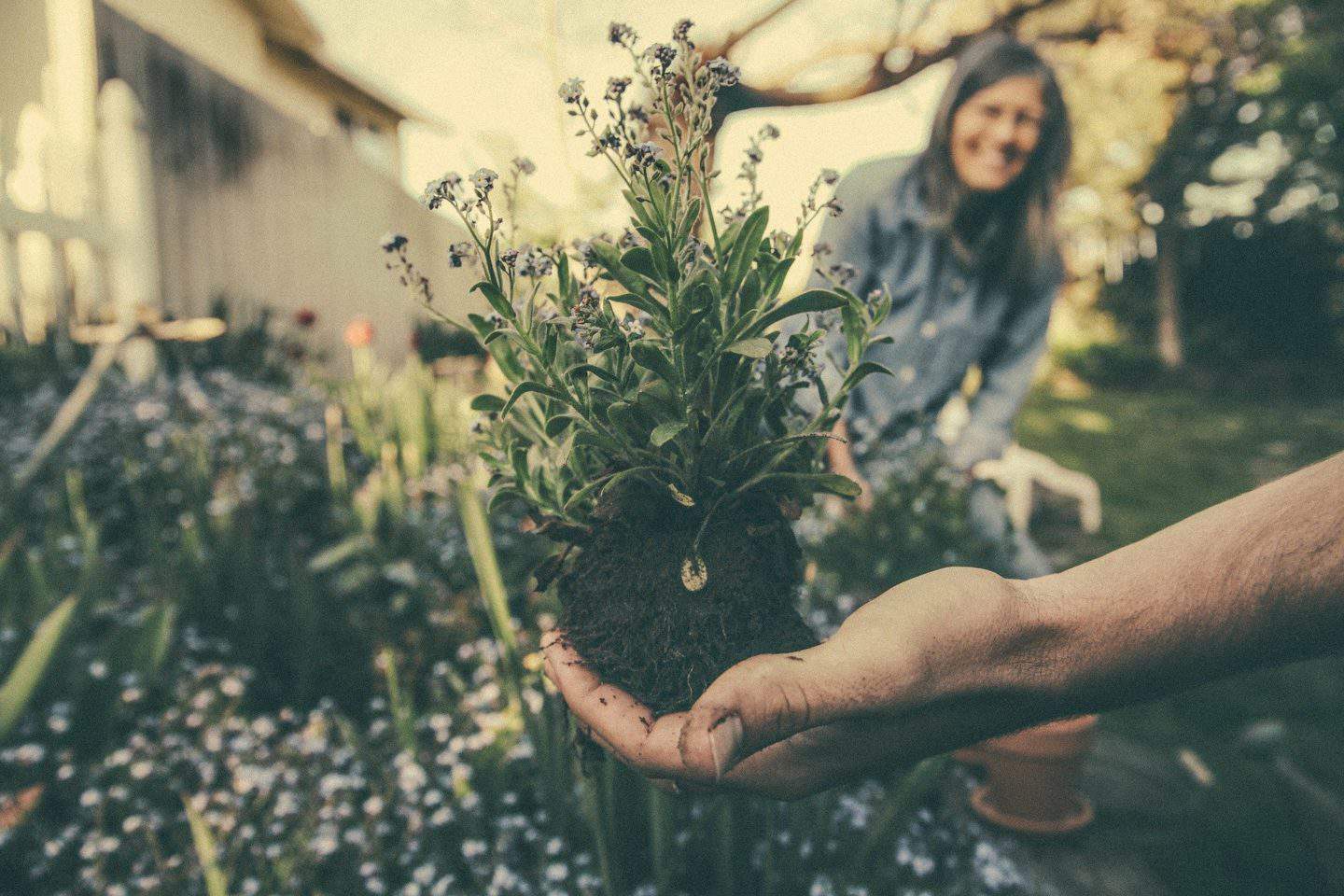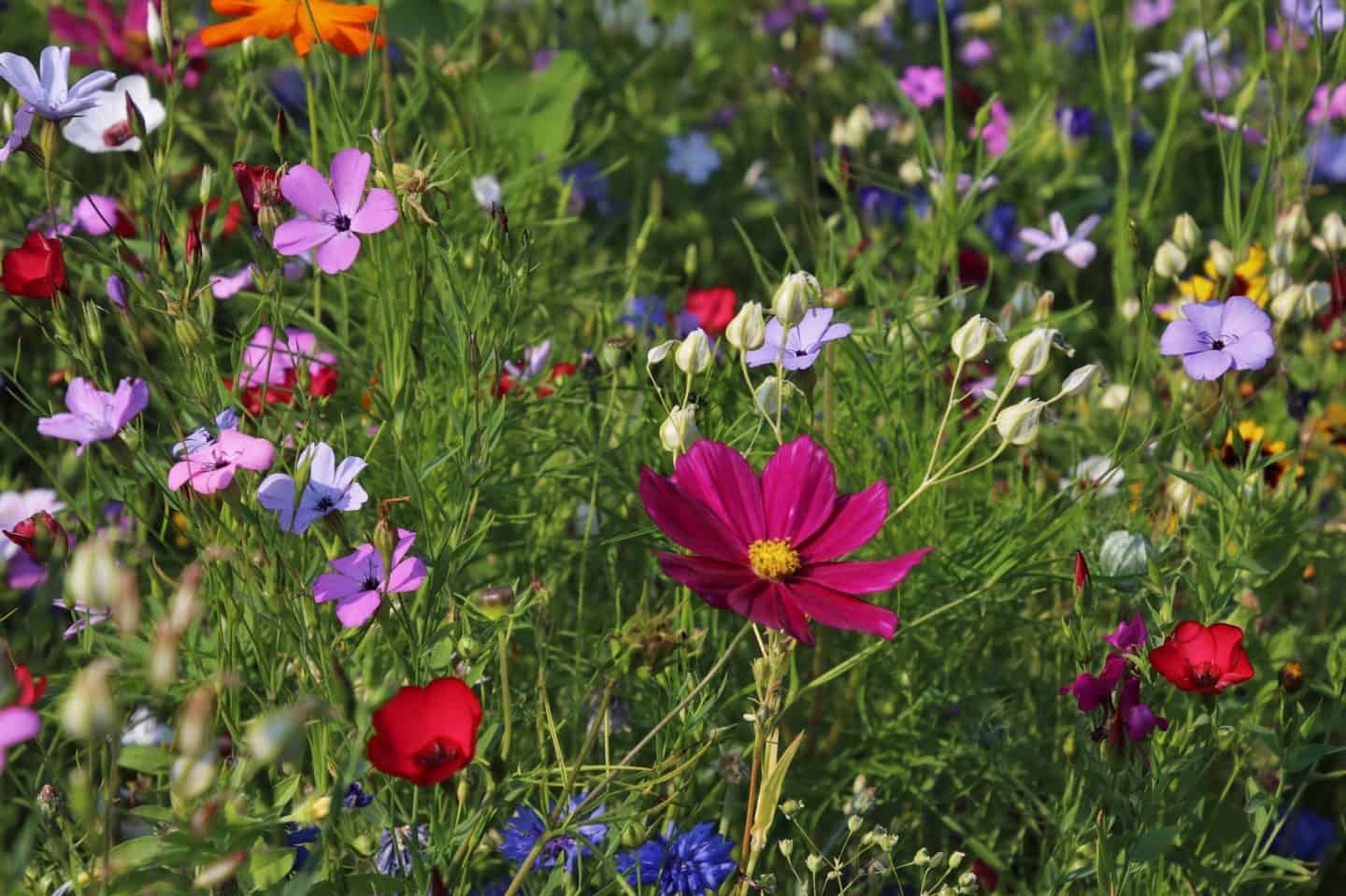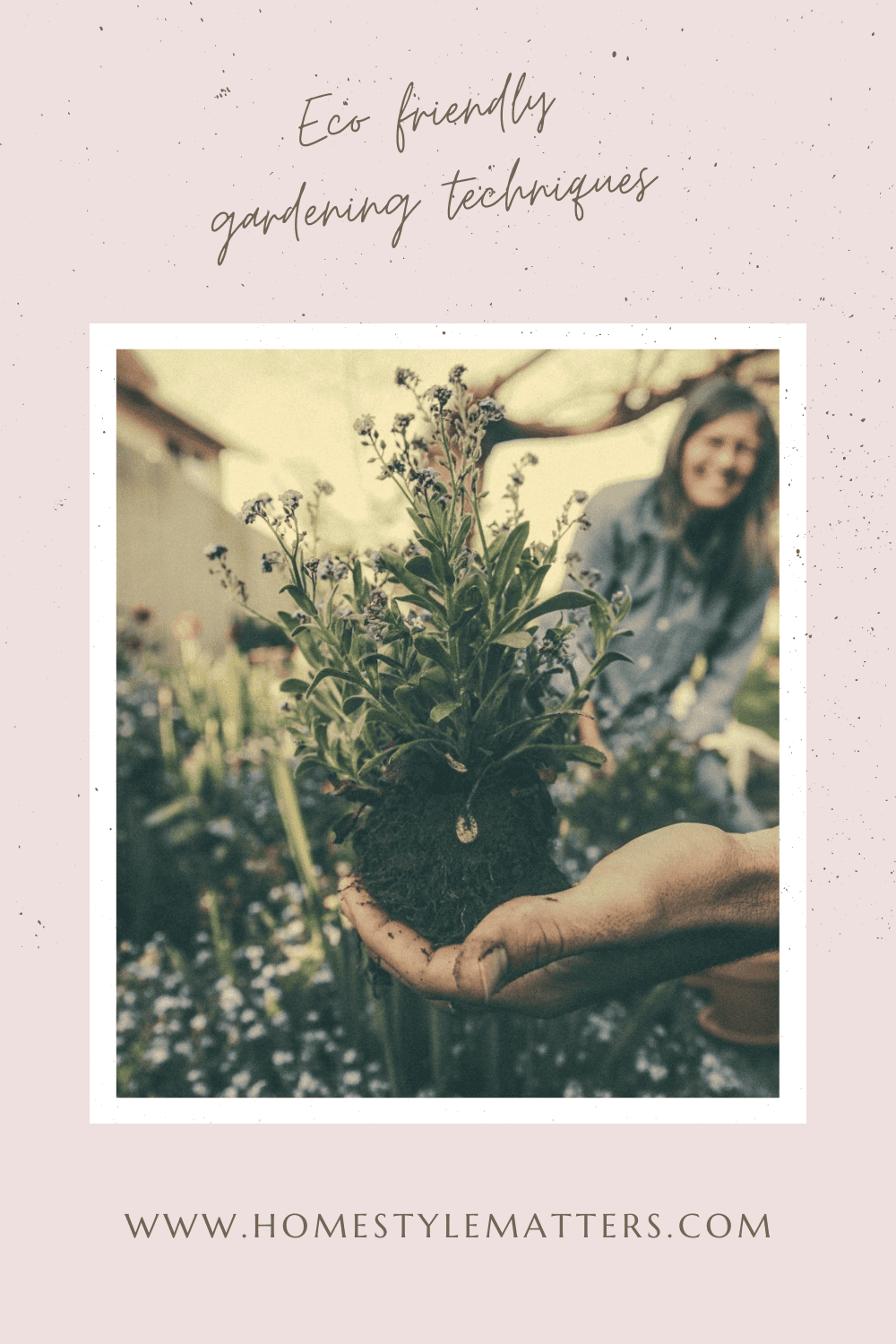Eco-friendly gardening techniques
Table of Contents
Creating a beautiful home landscape is a richly rewarding task that will provide a spiritually calming and restorative environment for you to relax from the ordinary hectic pace of life. It is a lifetime pursuit that requires regular time and effort in addition to financial investment. You will need to spend some time researching the types of plants that grow well in your area, soil testing to determine the proper nutrients and fertility to add to your soil to ensure a healthy, long-lasting landscape – not to mention planting, pruning, trimming, weeding, weeding and weeding!
The financial investment includes; the plants, nutrients and watering system that make up the foundation of a landscape. An eco-friendly landscape differs from a traditional landscape in plant selection, weeding methods, fertilisers and water demands. If you already have a landscaped garden or are just getting started with an idea, here is a list of things to consider in an eco-friendly gardening landscape:
Plant Selection

Plants native to the area are the best choice for easy to maintain, requiring minimal inputs to provide what they need to be healthy and strong in eco-friendly gardening. Trees and other perennial plants typically require less water, fertilisers and maintenance than annual plants. Selecting a majority of perennial plants as the basis of the garden will reduce the number of inputs of time and garden products required by the landscape. Creating smaller beds of annuals and blooming perennials set throughout the landscape will provide a changing and beautiful accent to the more permanent plantings in the garden.
Water Demands
Water is a precious resource that should be used as sparingly as possible in any landscape. Choosing plants with low water demands is the best way to address this issue. The use of mulches and drip irrigation or micro-sprinklers can significantly reduce water demands in any landscape, whether they are low water demand landscapes or not.
Fertility
Soil testing is the only way to know what fertility demands a landscape has to bring it to a healthy, productive balance. Eco-friendly landscapes use non-petroleum based products to restore pH balance, mineral balance and fertility to the soil. Most county extension services offer soil testing or can direct you to a local source for the testing. Garden centres in chain stores also offer a variety of home test kits.
Maintenance and Upkeep

Tending to the trees, shrubs and other plants continually is one of the most vital aspects of maintaining an eco-friendly landscape and well worth the reward. Most landscape designs require some amount of year-round maintenance, whether it be watering, fertilising, weeding, trimming or pruning. Gaining an understanding of the maintenance demands of your landscape will take seasons over time; some websites can get you going by providing the knowledge they’ve collected from seasons over time by countless individuals.
Eat-ability

With all of the effort and financial investment involved in a landscape, consider how much of it could be eaten. Fruit trees and berry canes are perennial landscape elements that require less maintenance than annual plants, and they can feed you and your family for years to come.
Small kitchen gardens of basic crops like carrots, beets, lettuce, potatoes, onions, and garlic add beauty to the landscape, reduce your grocery bill and take some of the pressure off the environment by decreasing your ecological footprint by limiting the number of imported foods your family eats.
It may seem like a lot of effort for a drop in the bucket, but many drops flowing together create first a trickle, then a stream, then a river and eventually an ocean! Do a query of edible urban landscapes online to get a dizzying list of sites on this topic. An eco-friendly landscape benefits, not just the gardener that plants and tends to it, but everyone that gets to enjoy its beauty and the environment we all share.





7 Comments
Kathy Kenny Ngo
May 25, 2021 at 5:54 pm
So gald that I don’t have to do the gardening on my own coz I don’t have a green thumb.
Sarah Stockley
May 25, 2021 at 6:49 pm
If I had a garden I would love an area to grow herbs and vegetables. I love the idea of having an edible garden.
Olufunke Kolapo
May 26, 2021 at 10:53 am
Gardening has been one hobby I hope to take on. I’d love to grow some vegetables for myself. I just need to stop thinking and start doing.
Mosaic Artwork
May 26, 2021 at 1:28 pm
We have been gardening for over two years and the garden where we volunteer is eco-friendly. Amazing experience.
Sundeep
May 26, 2021 at 1:40 pm
I love gardening and I love reading such articles. Thanks for sharing this eco friendly gardening techniques.
Sonia Seivwright
May 27, 2021 at 10:34 am
I miss my grandma so much. We used to do a lot of gardening together and berry picking. I have learnt a lot from her.
Sabina Green
June 25, 2021 at 9:11 am
How lovely that you have those memories of precious time spent with her. I have precious memories of my Grandparents too x